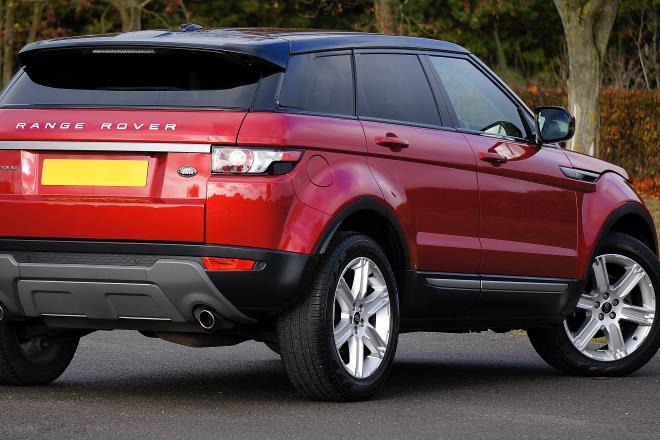A Deep Dive into the World of Continuously Variable Transmissions
The world of automotive technology is never stagnant. As we journey further into the 21st century, one of the most intriguing shifts we've seen is the rise of the Continuously Variable Transmission (CVT). Once considered a niche technology, CVTs are now becoming increasingly commonplace. This article delves into the world of CVTs, offering a broad perspective on its evolution, workings, strengths, and challenges.

The Journey of CVTs: A Historical Overview
The roots of CVT technology can be traced back to the late 15th century, when none other than Leonardo da Vinci sketched a stepless continuously variable transmission. However, it wasn’t until the late 20th century that CVTs started gaining commercial traction. Initially, they were used predominantly in smaller vehicles due to limitations in torque handling. Over time, advancements in belt technology and materials have allowed CVTs to handle higher torque, leading to their use in a broader range of vehicles.
How CVTs Work: Breaking Down the Mechanics
Unlike traditional automatic transmissions, which use a complex system of gears, CVTs operate on a simpler principle: they use a pair of variable-width pulleys connected by a belt or chain that can change their diameter. As the diameters of the pulleys change, so does the transmission’s ratio, allowing for an infinite number of gear ratios. This translates into smooth, seamless acceleration, without the gear “steps” experienced in conventional automatic transmissions.
The Current Landscape: CVTs in Today’s Automotive Industry
CVTs are increasingly becoming the transmission of choice in many new vehicles, especially those targeting fuel efficiency. Nissan, for example, has adopted CVT technology in most of its models. Many other manufacturers, including Honda, Subaru, and Toyota, are also integrating CVTs into their lineups. This trend underscores the industry’s recognition of the benefits that CVTs offer, particularly in terms of fuel economy and smooth driving experience.
The Impact of CVTs: Weighing the Pros and Cons
CVTs come with a host of advantages. Foremost among these is improved fuel efficiency. By allowing the engine to operate at the most efficient RPM for a given driving condition, CVTs can significantly reduce fuel consumption. Moreover, the smooth, stepless gear transition provides a more comfortable and responsive driving experience.
However, CVTs are not without their challenges. While recent advancements have improved their durability, CVTs are generally considered less robust than traditional transmissions and can be expensive to repair or replace if they fail. Some drivers also find the driving experience less engaging, as the absence of noticeable gear shifts can make acceleration feel less dynamic.
The Future of CVTs: Predicting the Road Ahead
The future looks promising for CVTs, with continuous improvements in technology addressing many of the initial drawbacks. Moreover, as fuel efficiency continues to be a driving force in automotive design, the demand for CVTs is likely to remain strong. However, whether CVTs will eventually replace conventional transmissions entirely remains to be seen, and will likely depend on further advancements in durability and driver engagement.
In conclusion, CVTs represent a fascinating chapter in the ongoing story of automotive innovation. While they may not be without their challenges, their benefits - particularly in terms of fuel efficiency - make them a compelling proposition in an increasingly energy-conscious world. As with any technology, the key to their success will lie in ongoing innovation and refinement. Only time will tell what the future holds for CVTs, but for now, they offer an intriguing glimpse into the potential future of automotive transmissions.




